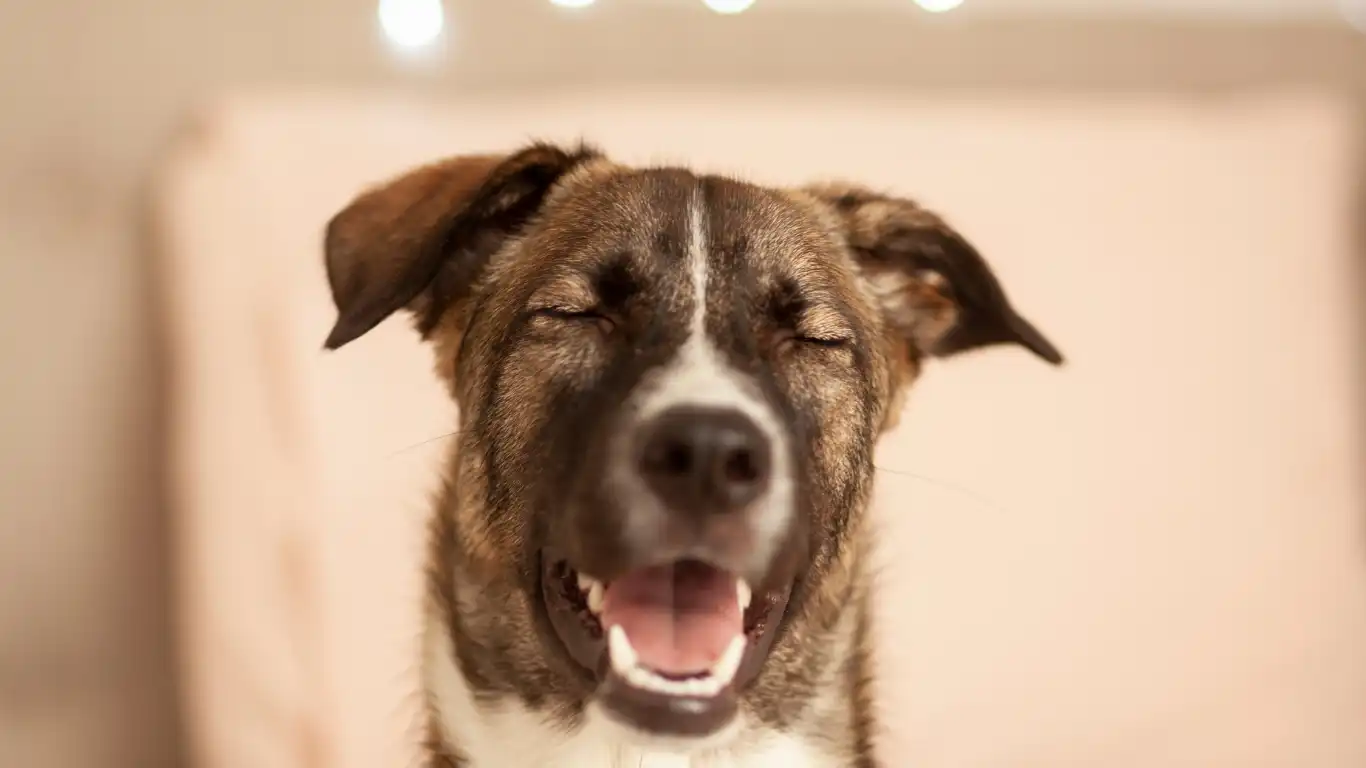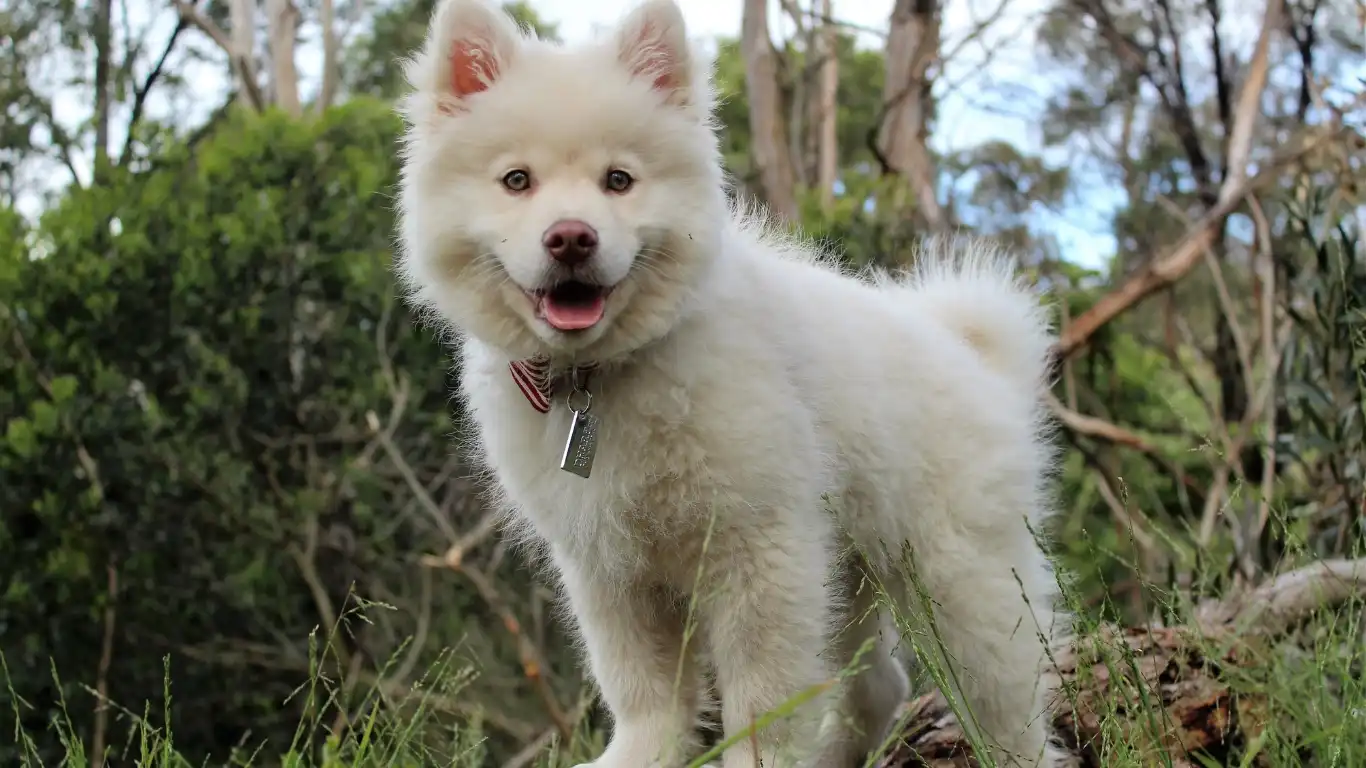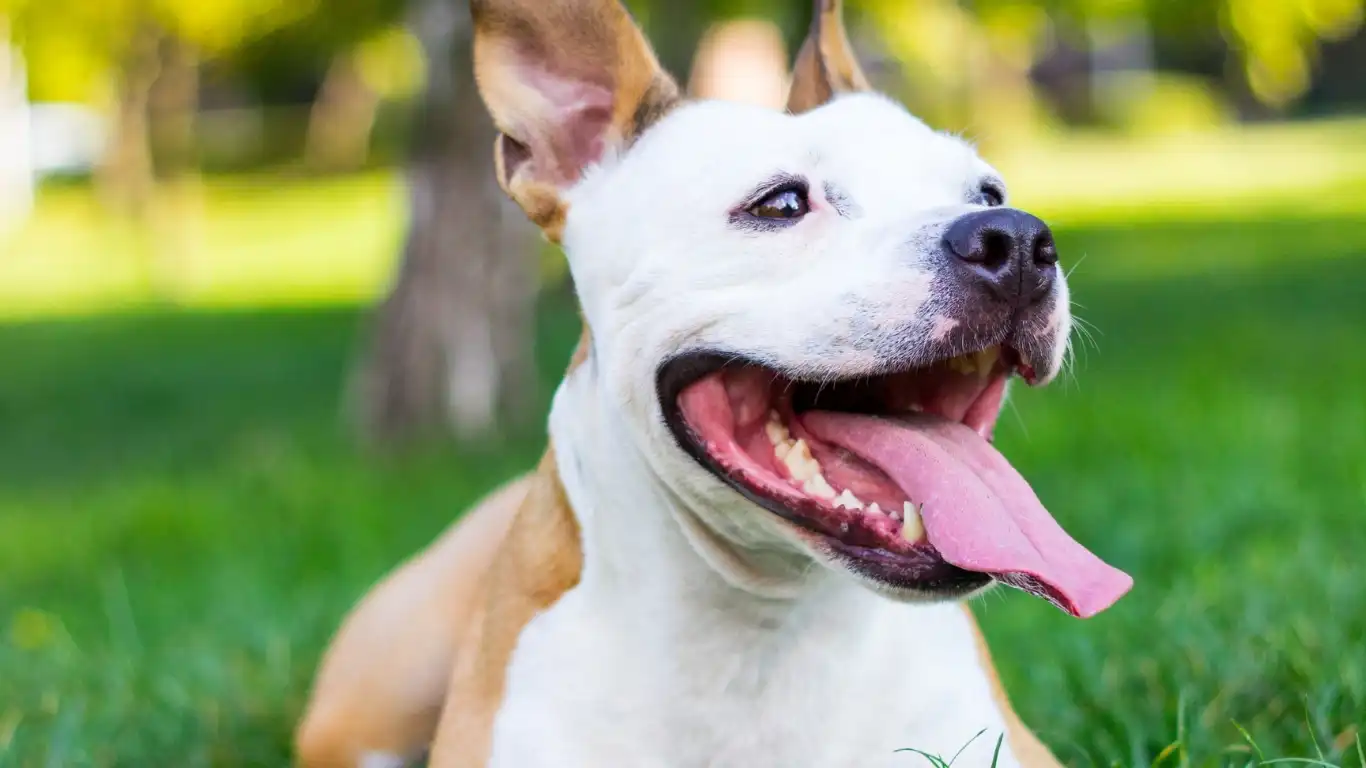Transform Your Anxious Pup’s Life with This Soothing DIY Dog Bed
If you’re anything like me—juggling fur babies, work, and that never-ending laundry pile—then you totally get why a calm dog is a happy home. As a vet tech who specializes in pet nutrition, I’ve seen firsthand how stress can mess with a pup’s health. That’s exactly why today we’re diving into how to make your own DIY calming dog bed. Not only is it budget-friendly (hello, savings!), but it’s also an amazing way to create a cozy space your dog will absolutely love. I’ve made several for my clients’ pets, and even my own anxious rescue mutt swears by his!
Why Even Bother Making a DIY Calming Dog Bed?

Let’s be honest—those store-bought calming beds can cost a small fortune, especially if you’ve got more than one dog or a large breed. Plus, many of them are filled with synthetic materials that don’t hold up well or aren’t breathable. Trust me, I’ve had to replace more than a few for clients.
When you make one yourself, you have complete control. You choose the materials (hypoallergenic, washable, eco-friendly, you name it), size it perfectly for your pup, and even match it with your home decor. Not to mention, it’s a fun little project—nothing beats the feeling of seeing your dog snuggle into something you made just for them.
What Makes a Bed “Calming” Anyway?

Great question! I get this a lot from pet parents who think a dog bed is just… a bed. But here’s the kicker—a calming dog bed is built to mimic the sensation of cuddling or being nestled. Think doughnut shapes, soft bolstered edges, and pressure-distributing foam. These elements help soothe anxiety and improve sleep. I’ve noticed a huge difference in dogs with separation anxiety or reactivity once they start using one.
Here are a few key features of a true calming dog bed:
- Raised sides to support the neck and spine
- Soft, faux fur or fleece material for warmth and comfort
- Orthopedic foam or stuffing that molds to their body
- A secure, nest-like design that gives a sense of safety
Choosing the Right Materials for Your DIY Project

Before you start crafting your calming haven, let’s talk supplies. I’m a big believer in using what you already have around the house, but if you’re heading to the store or browsing online, here’s what to look for:
Fabric
Go for something super soft like sherpa fleece, faux fur, or microplush. Dogs are suckers for texture—it really helps trigger those cozy instincts. I made one from an old fleece hoodie and my Lab wouldn’t leave it for days.
Filling
You’ve got a couple of solid options here. Polyfill works great, but if you want to go the orthopedic route, memory foam cuttings (from an old mattress topper) are golden. I once recycled foam from a toddler bed for a senior Golden Retriever—he instantly curled up and fell asleep like a pup.
Thread and Tools
Use strong, durable thread. Don’t skimp here—dogs love to dig and circle in their beds before laying down, so weak seams won’t last long. A sewing machine will speed things up, but hand-sewing is totally doable if you’re patient (and have Netflix going in the background).
Optional Add-Ons
- Zippers or Velcro for removable covers (trust me, your nose will thank you)
- Essential oil pouches—lavender sachets stitched into the bed corners can offer extra relaxation, but always double-check safety with your vet first
- Waterproof inner lining in case of accidents or drool overload
Alright, now that we’ve got our materials sorted and we know why this matters, we’re ready to get hands-on. Next up, I’ll walk you through cutting, stuffing, and stitching your way to your dog’s new favorite nap spot—no Pinterest fails here, I promise.
Let’s Get Crafty: Step-by-Step Guide on How to Make Your Own DIY Calming Dog Bed

Now that we’ve covered the “why” and gathered all the good stuff, it’s time to roll up those sleeves and actually build this cozy oasis. I’ve made quite a few of these now, and trust me, once you get the hang of it, it’s like second nature. You don’t need to be a pro seamstress or even super crafty—just a bit of patience and love for your pup.
Step 1: Take Measurements
Start by measuring your dog while they’re curled up in their favorite sleeping position. Add about 6 to 8 inches around them to make sure they’ve got enough wiggle room. If your dog sprawls out like mine sometimes does (hello, Labrador stretch!), size up a bit more.
Step 2: Cut Your Fabric
Once you’ve got your measurements, cut two identical circles or ovals out of your soft fabric. One will be the bottom, and the other will be the top. You’ll also need a long strip (the “donut” wall) to go around the edges—this is the part that gives the bed its calming hug-like feel.
Step 3: Create the Bolster Ring
This part is key. Take your long fabric strip, fold it in half lengthwise (inside out), and stitch along the edge, leaving a few inches open at one end. Turn it right side out and stuff it with your chosen filler—polyfill or shredded memory foam works great. Once stuffed, close up the opening with a tight stitch.
Step 4: Attach the Bolster to the Base
Pin the bolster ring to the top piece of fabric (right side facing up), lining up the edges. Then sandwich everything with the bottom piece of fabric (right side down), and sew around the perimeter—just remember to leave a small section open so you can flip it right side out later.
Step 5: Fill the Base and Finish
Once everything is flipped right side out, stuff the base with your filler. I personally love a combination of soft fill and a layer of memory foam for extra orthopedic support, especially for older pups. After stuffing, sew up the remaining gap, and voilà—your DIY calming dog bed is ready for its first snuggle session.
Little Tweaks to Make It Even More Calming

Here’s where you can get a little fancy if you’re feeling it. Over the years, I’ve picked up a few fun hacks from both fellow vet techs and creative pet parents that make these beds even more effective for soothing anxious pups.
Add a Familiar Scent
This is huge, especially for dogs who deal with separation anxiety. Tuck in a worn T-shirt or small blanket that smells like you. That scent is comforting, especially when you’re not around. I’ve had clients swear it helped reduce whining and pacing when they left for work.
Weighted Insert
This one isn’t for every dog, but some pups really benefit from gentle pressure. You can sew a small, weighted pouch into the bed’s base using something like rice or microbeads. It’s like a calming hug for dogs that need that extra reassurance. Just make sure it’s secure and not too heavy.
Use Soothing Colors
Believe it or not, color can impact your dog’s sense of calm. Stick to soft, neutral tones—think greys, tans, or light blues. Bright or super bold colors can be overstimulating. When I made a calming bed in pale sage green for a high-strung Yorkie, her owner said she finally stopped barking at every little noise outside!
Keeping It Clean Without the Hassle

Let’s be real: dogs are messy. Whether it’s drool, muddy paws, or the occasional accident, washable features are non-negotiable. I always recommend making your DIY calming dog bed with a removable cover. Just add a zipper or Velcro when stitching it up, and boom—toss it in the wash and you’re golden.
Pro tip from my clinic experience: Use a waterproof liner underneath the fabric cover. You can grab cheap waterproof mattress protectors and cut them to size. It keeps the inner filling from getting gross and extends the life of the bed by miles.
Cleaning frequency really depends on your pup’s habits, but I suggest doing a good wash every 1-2 weeks. If you’ve got a shedder (like my retriever, bless him), keep a lint roller or vacuum handy, too.
Alright, now your homemade calming dog bed is not only comfy and secure, but also functional and super easy to maintain. And the best part? Your dog’s happy snoozes will make all that effort totally worth it.
How to Help Your Dog Transition to Their New Calming Bed

Okay, so you’ve just crafted a cozy, dreamy calming dog bed that looks like it belongs in a fancy boutique. But what if your pup doesn’t immediately plop down and fall in love with it? Totally normal—dogs can be weirdly picky. I’ve had clients tell me their dogs ignored their new beds for days before finally giving them a try.
Here’s how to help your furball ease into their new nest:
Make It Smell Familiar
Dogs rely heavily on scent, so toss in something that smells like home—your unwashed T-shirt, their favorite blanket, or even a toy that’s been chewed on a hundred times. When I introduced my senior Pit mix to his DIY bed, I threw in a little blanket from his crate. He was curled up in it within the hour.
Place It in a Safe, Low-Traffic Area
Your pup needs to feel secure, so position the calming bed in a quiet corner where they won’t be disturbed. Avoid placing it right next to loud appliances or busy walkways. A peaceful environment paired with that cozy, snug design is the magic combo.
Use Positive Reinforcement
Whenever your dog goes near or lays on the new bed, give them treats and gentle praise. You can even do short training sessions on the bed—sit, stay, down—and reward them each time. It creates a positive connection with the space, and they’ll learn this is their new favorite chill zone.
Signs the DIY Calming Bed is Actually Working

So how do you know if your hard work paid off? The good news is, dogs don’t fake comfort. Here are a few things I look for (and tell my clients to watch for):
- Your dog chooses the bed over the couch or floor
- They fall asleep faster and seem to nap longer
- Less pacing, whining, or other anxious behaviors
- They “nest” in it—circling, kneading, or snuggling in
I once had a client with an anxious Aussie mix who would bark at every noise outside. After a few nights in his new calming bed, the barking cut down by almost half. It’s not a miracle cure, but it’s definitely a huge step toward better relaxation and mental health for your dog.
When to Consider Additional Calming Support
While a DIY calming bed can do wonders, sometimes it needs to be part of a bigger picture—especially if your pup struggles with moderate to severe anxiety. If your dog still seems overly stressed even with the coziest nest ever, don’t be afraid to bring in some extra tools.
Consider These Add-Ons:
- Calming Supplements: Talk to your vet about safe, vet-recommended options like L-theanine, melatonin, or CBD (check local regulations first).
- Thundershirts: These gentle pressure vests work well for noise-sensitive dogs or travel anxiety.
- Behavior Training: A qualified trainer can help address root causes of anxiety with desensitization techniques.
Don’t forget to involve your veterinarian in this journey, especially if your dog’s anxiety is severe or affecting their health. As someone who works closely with both vets and pet parents, I can’t stress enough how much of a difference professional guidance makes.
References
- American Veterinary Medical Association (AVMA)
- American Society for the Prevention of Cruelty to Animals (ASPCA)
- American Animal Hospital Association (AAHA)
- Thundershirt Official Site
- American Gastroenterological Association (for CBD safety references)
Disclaimer
This article is based on my personal experience as a Veterinary Technician specializing in pet nutrition and behavioral support. It is meant for informational purposes only and should not be taken as a substitute for professional veterinary advice. Always consult with your veterinarian before making significant changes to your pet’s routine or introducing supplements and calming tools.




